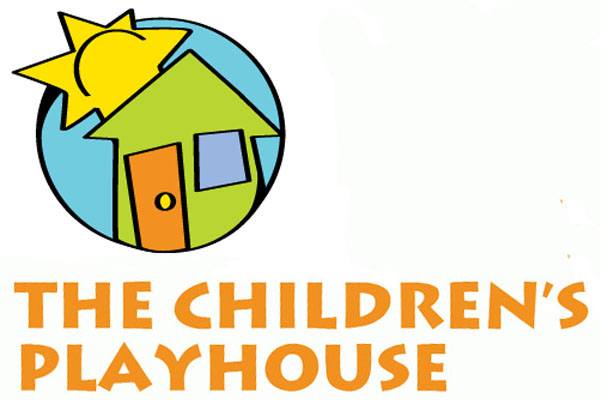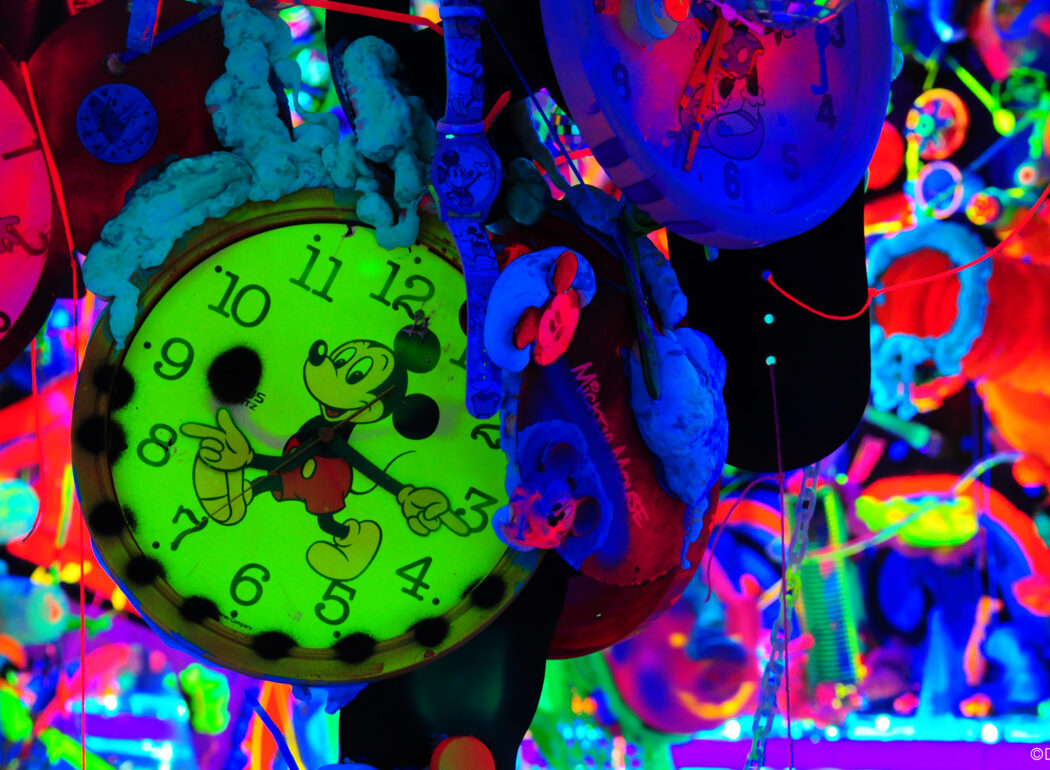
What time is it? In 2018, it was Mickey Mouse’s 90th birthday, and the Minnesota Street Project, an innovative San Francisco art space, commissioned New York pop artist and muralist Kenny Scharf to create The Cosmic Cavern #39, a Day-Glo installation celebrating the Mickey Mouse Watch. To learn more about Scharf’s career, go here; to take a virtual 360-degree tour of The Cosmic Cavern #39, go here (and scroll down). And keep an eye out for the documentary Kenny Scharf: When Worlds Collide (Malia Scharf and Max Basch, 2021), which surveys Scharf’s life and career.

Here’s two all-ages comics for you to read. Eric Roesner’s weekly Slowdaze is a sweet, silent strip about a turtle named Prickle, his friends Berry the Bear and Mage the Bird, and the gentle fun they have together. More antic is Georgia Dunn’s Breaking Cat News, where a goofy batch of felines (with names like Lupin, Elvis, and Sir Figaro Newton) report on such activities in their human household as “fuzzy blanket season” and the dangerous day when the human baby begins to crawl.

In traditional comic art, a cartoonist pencils the drawings and panels. Then, either the same or a different artist traces over the pencil lines with India ink, to render the images dark enough for printing. The inker makes important artistic contributions by finalizing the pencils and adding dramatic shadows, contours, and depth. In two recent videos (one, two) comic book artist and Helioscope PDX member Leila del Duca shows how she uses a sable brush, a Rapidograph pen (a disposable or refillable marker pen), and a crow quill pen to trace over and enhance her own pencils. Visit del Duca’s website for information on her recent projects, including her illustrations for a Wonder Woman novel written by acclaimed YA author Laurie Halse Anderson.
Here’s a couple of notes about my favorite all-ages manga (Japanese comics). On NeoText, Chloe Maveal writes about cartoonist Kiyohiko Azuma’s Yotsuba&!, a charming strip about a green-haired little girl who sees the world in unique ways, her mellow father, and a cast of eccentric friends and adults. There are fourteen translated Yotsuba&! volumes so far from Yen Press; I recommend them all. Also wonderful is 2020’s What’s Michael? Fatcat Collection Volume 1 by Makoto Kobayashi, a 500-page cheaply-priced omnibus of whimsical stories about a cat who has multiple owners, adventures, and identities. Morgana Santilli of the Comics Beat site does a nice job describing Michael’s oddball appeal.
In a 2015 article on The Conversation, David Koepsell tells us about Doc Savage, the proto-superhero who appeared in 1930s pulp magazines by “Kenneth Robeson” (a pseudonym for Lester Dent and a few other writers who produced the monthly Doc novels). For sixteen years (1933-1949), Doc and his “Fabulous Five”—distinctive crime fighters and experts in fields like engineering. Law, and chemistry—thwarted villains and world-conquering schemes, and you can dive into Doc’s adventures in a number of ways. Many of the Savage novels are available from second-hand booksellers and on Amazon Kindle; you can also listen for free to several Doc Savage radio shows, and watch a charming 1967 8mm home-movie adaptation of the Doc story Fear Cay made by ambitious teenagers. (Note: Doc’s novels sometimes deviate from modern sensibilities: this is boys’ club adventure with very few important female characters and occasional tone-deaf portrayals of “lost tribes.”)
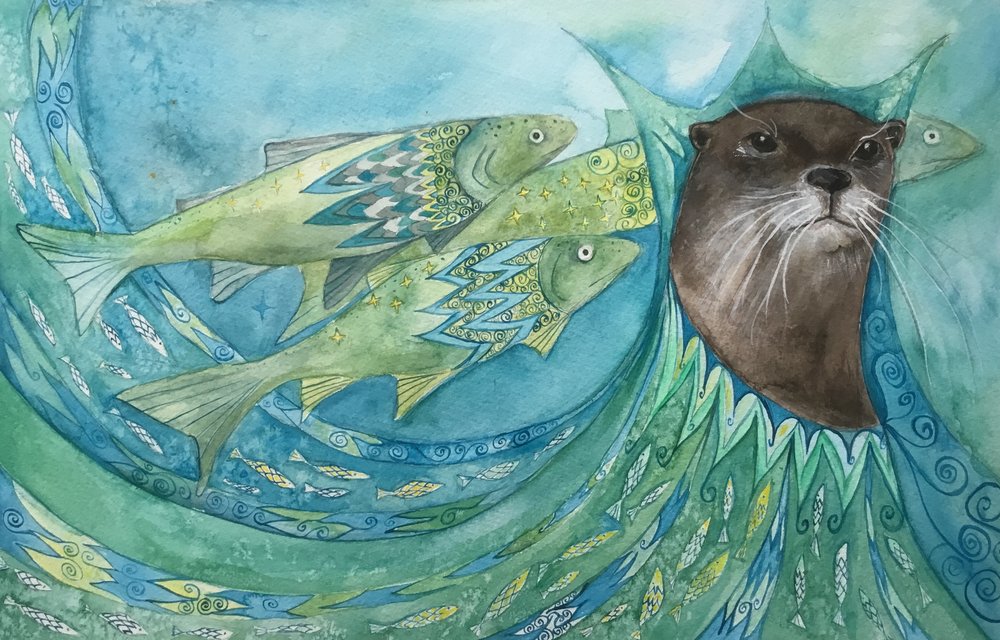
For World Environment Day in June 2020, primatologist and anthropologist Dr. Jane Goodall narrated What Happened When We All Stopped, an animated poem video based on the book by Tom and Bee Rivett-Carnac. (A lush illustration by Bee Rivett-Carnac is above.) What Happened encourages all of us, kids and adults alike, to see the Covid pandemic as an opportunity to reset our relationship with nature. Can we “jumpstart the rebirth and rewilding of our planet when we go back to work and school? This moment can lead us to a healthier, cleaner, greener future, if only we grasp it.” Also available is a download of a free children’s book version of What Happened When We All Stopped, and you should visit the website of the video’s director and animator Avi Ofer, where you’ll find handmade cartoons and lovely art work. Examples of Ofer’s art are below.
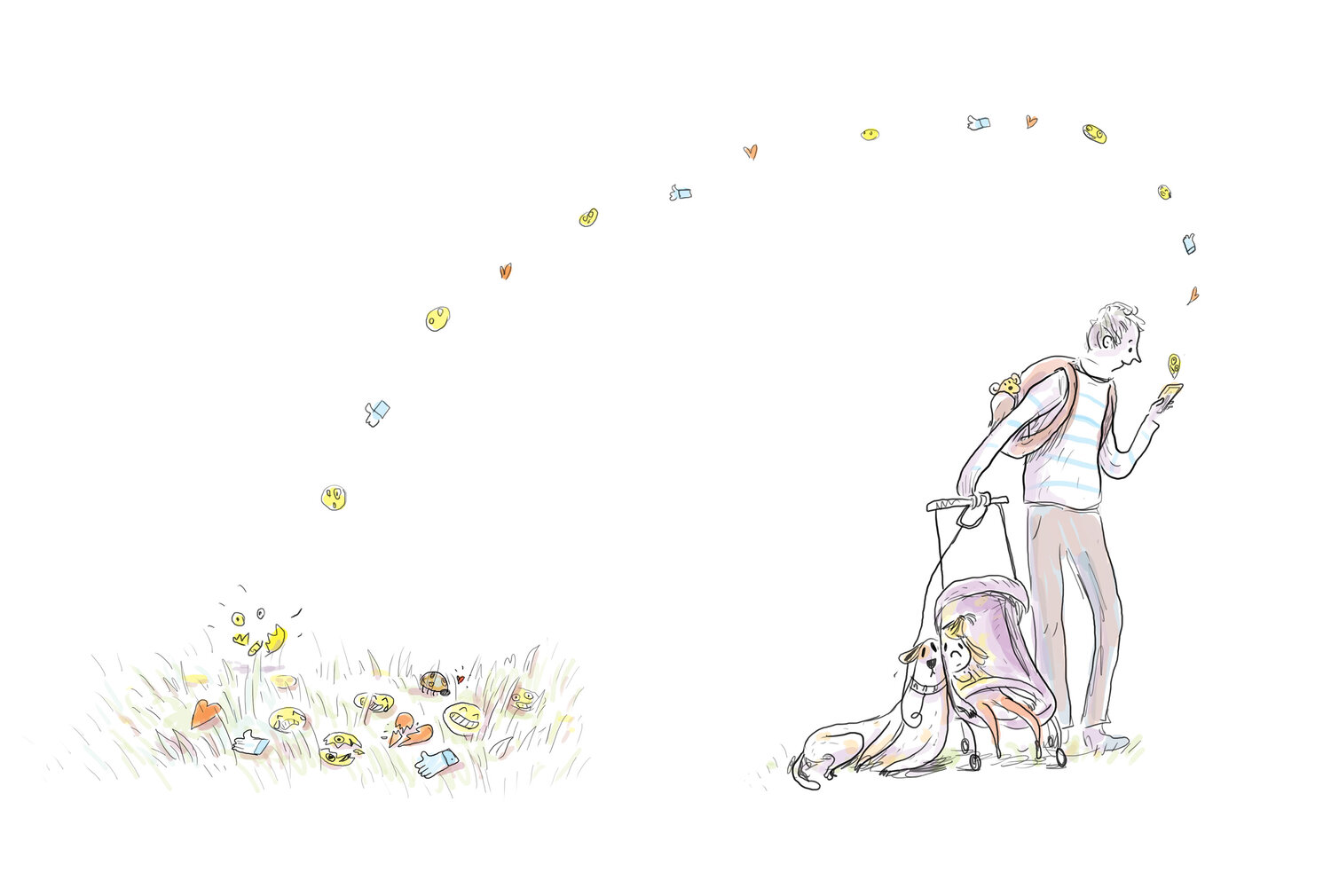
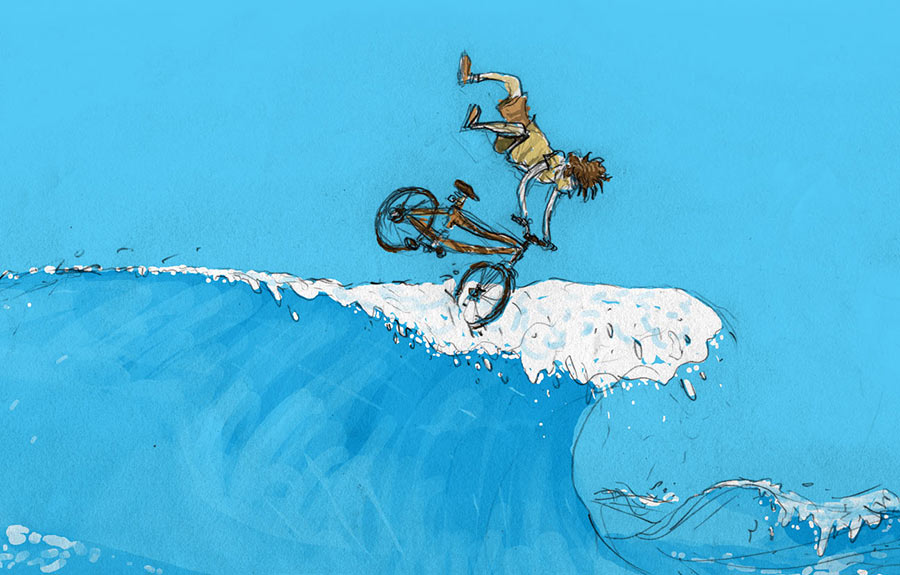
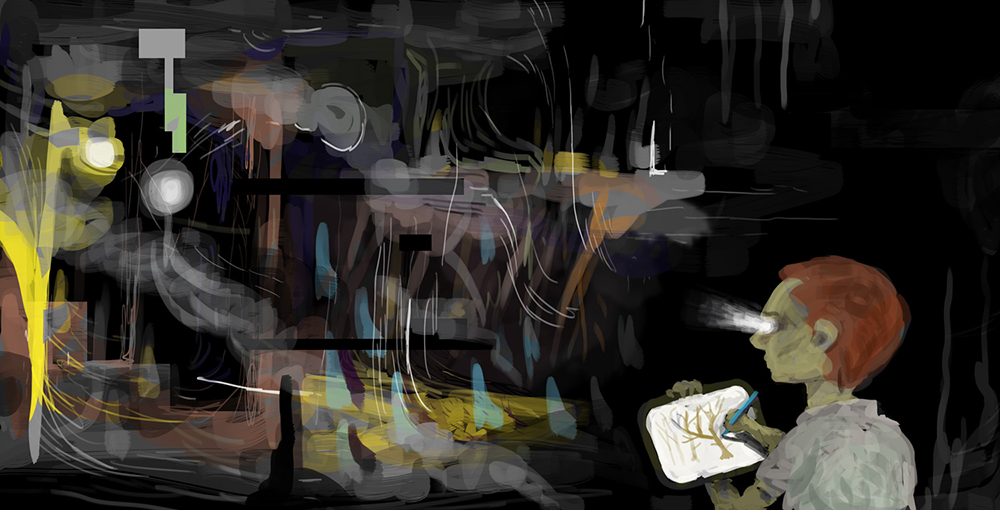
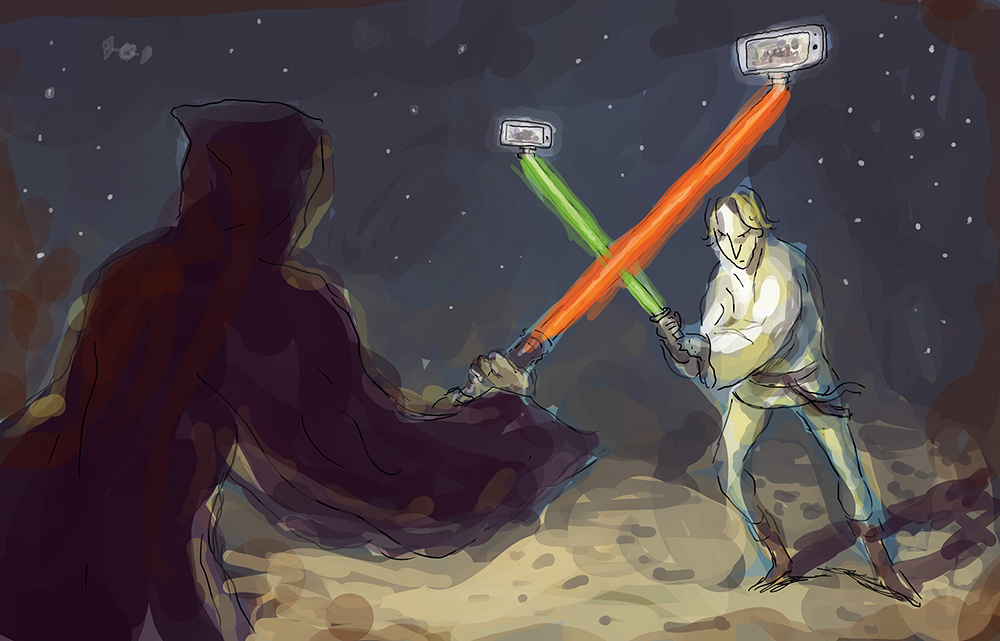
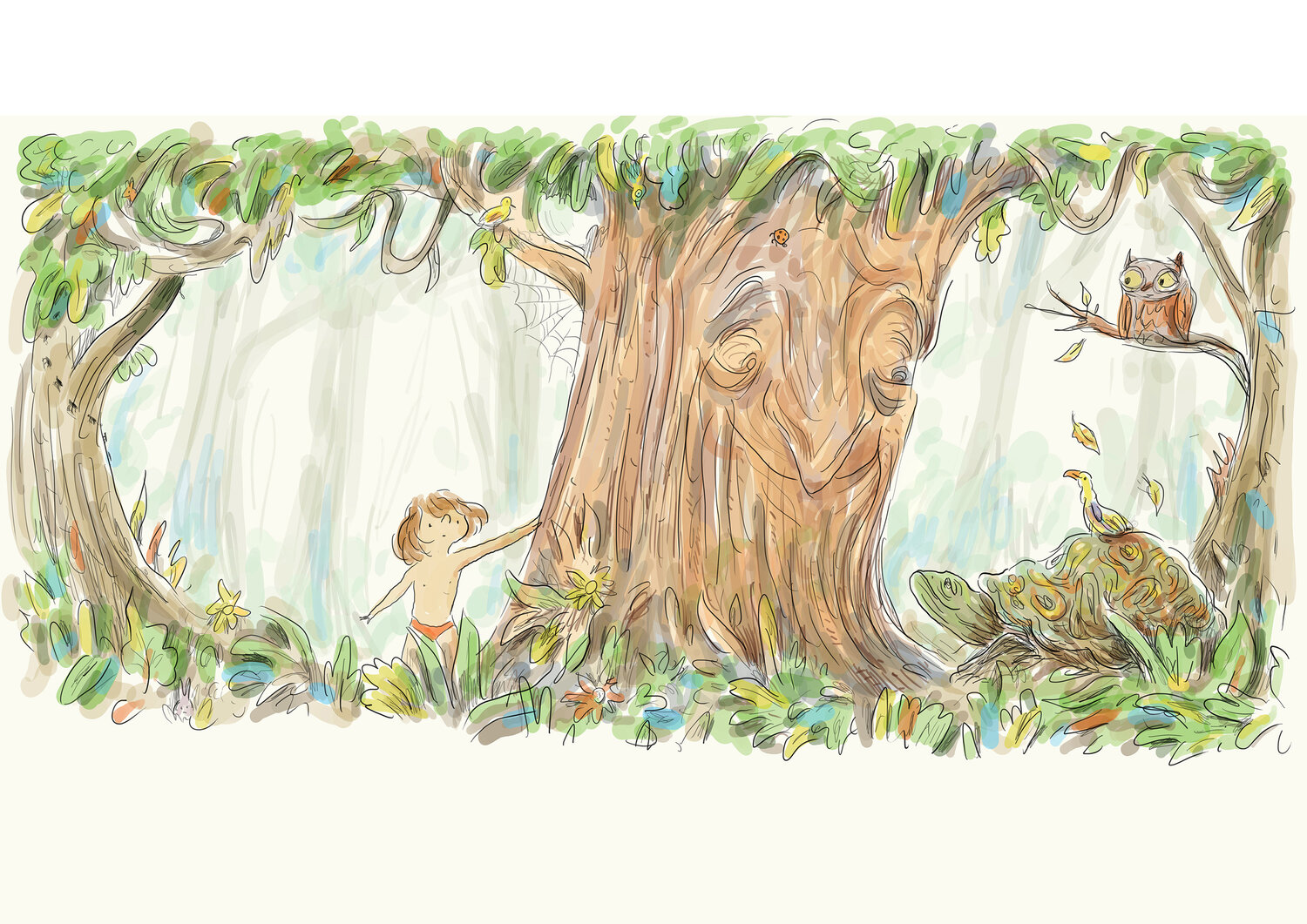
This weekly blog post is written and compiled by Craig Fischer. To send along recommendations, ideas, and comments, contact Craig at [email protected] [.]
